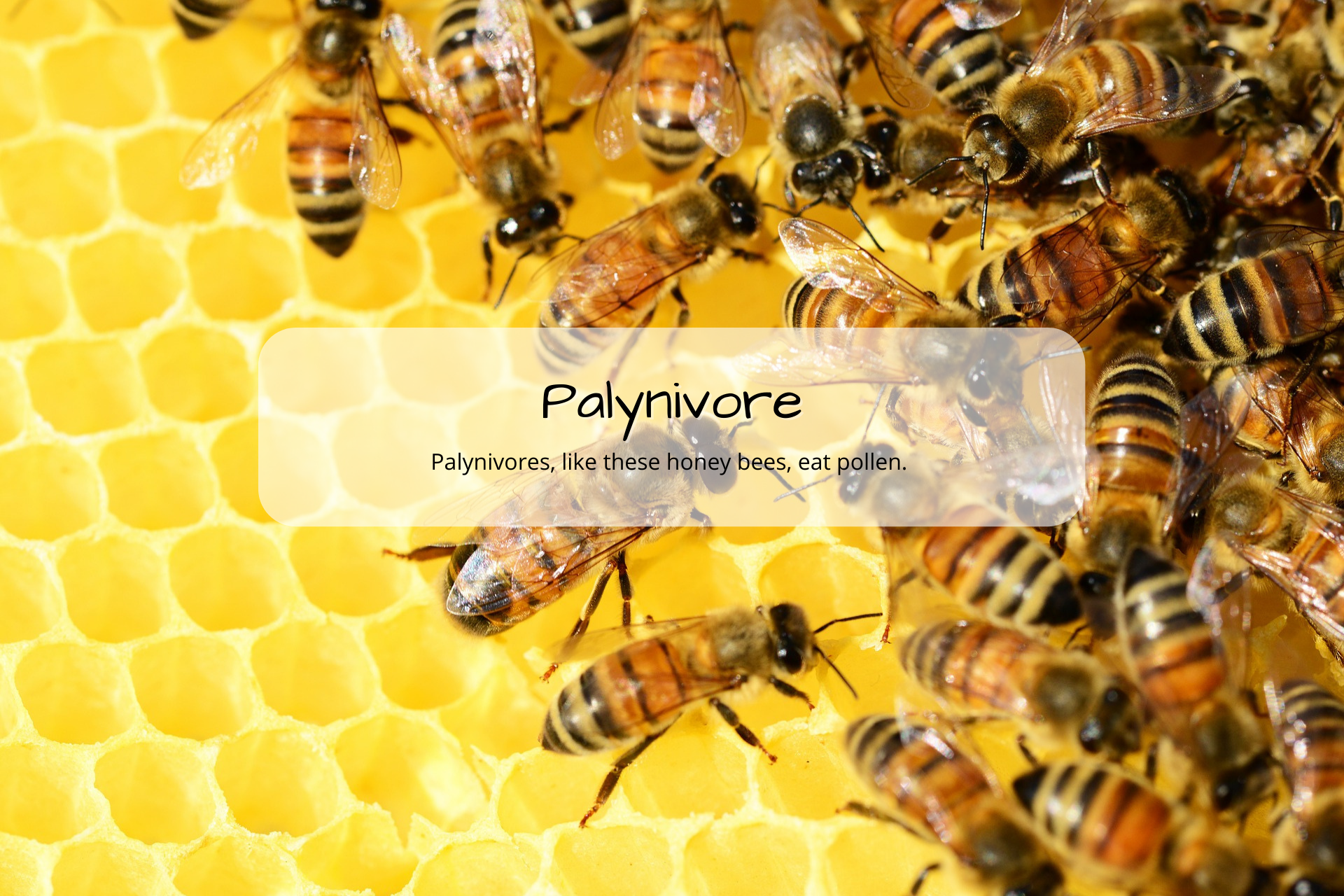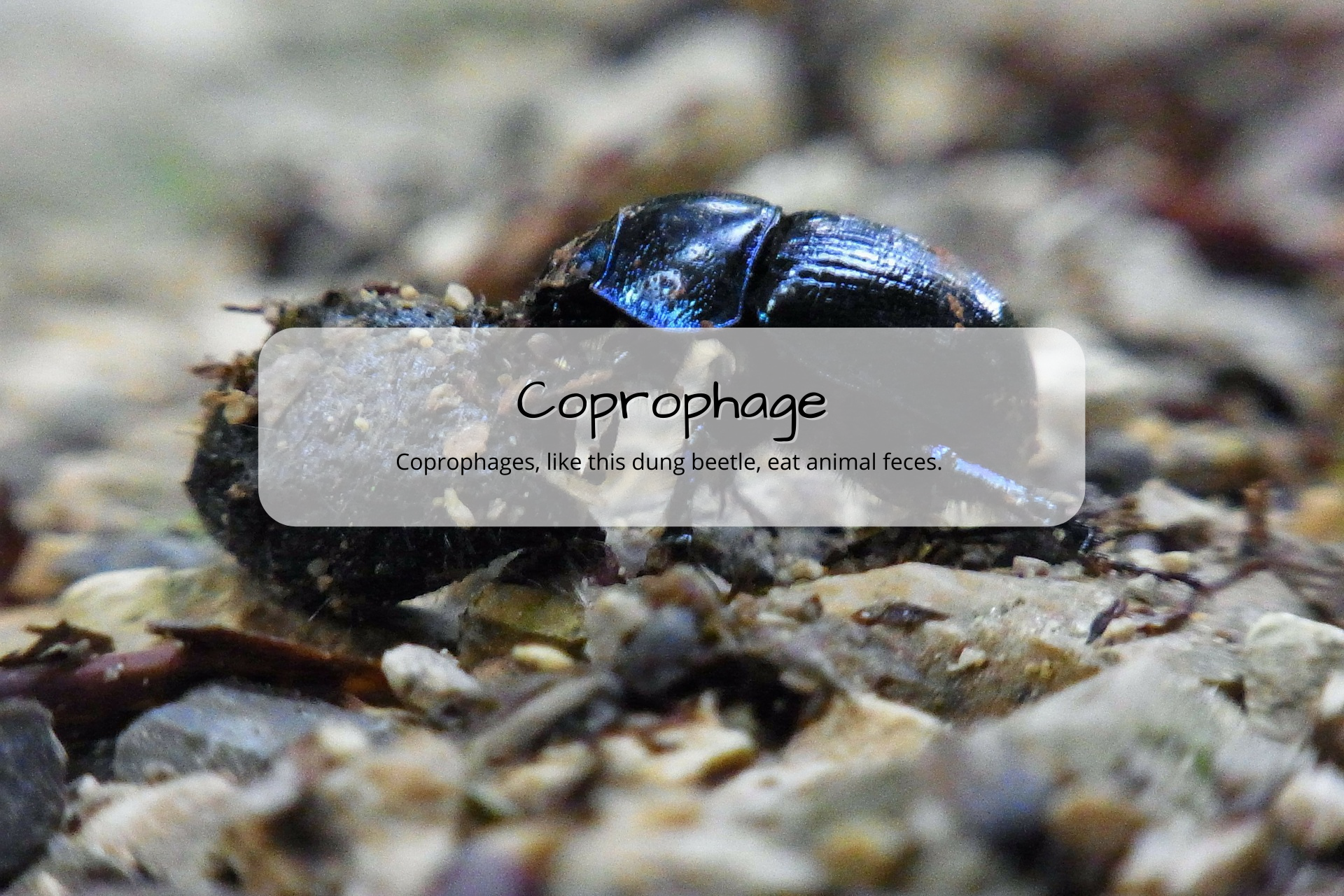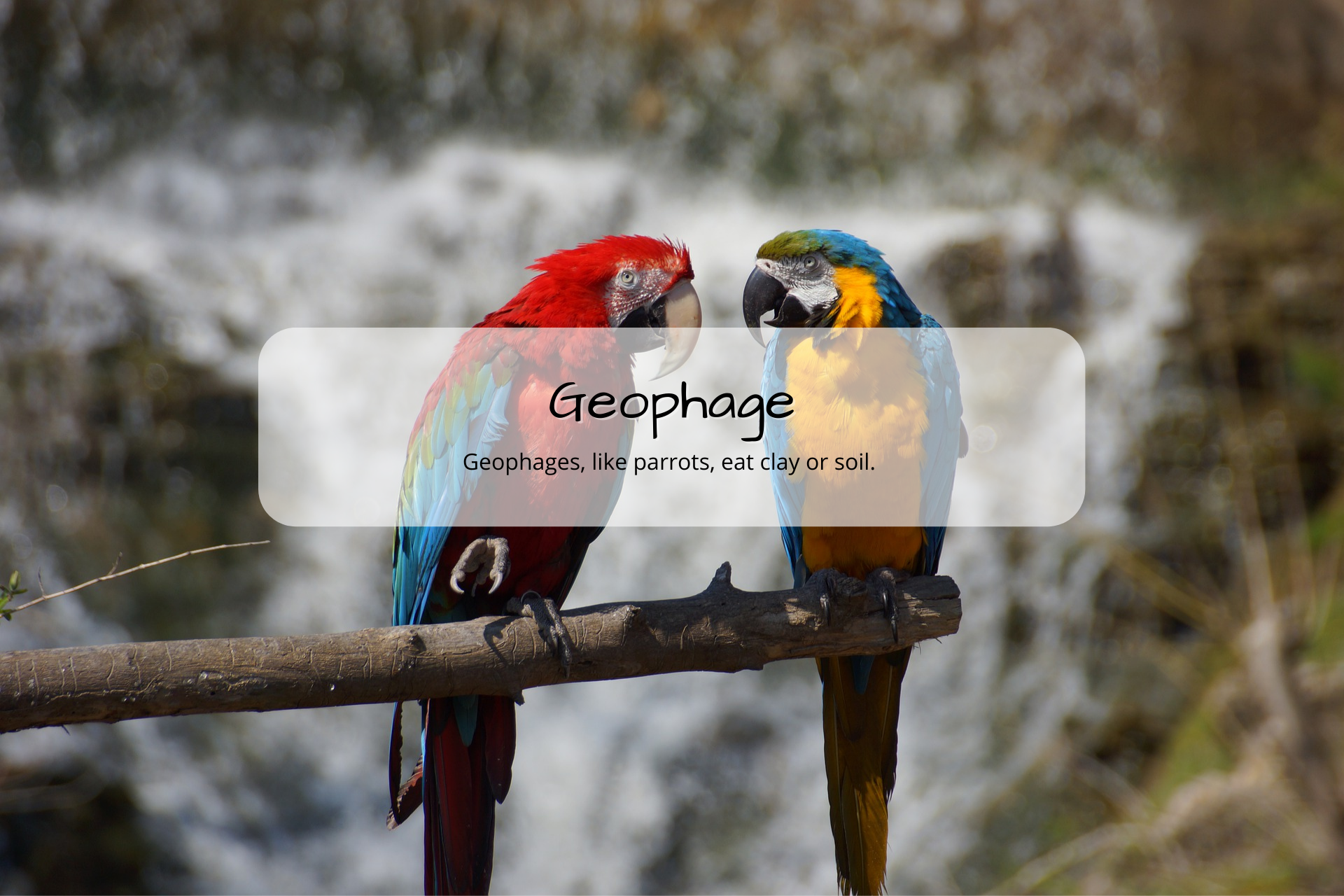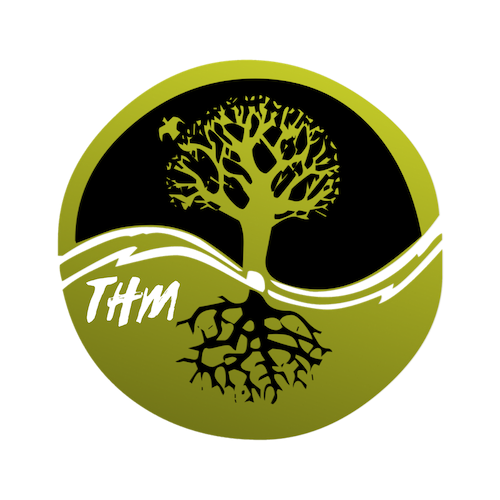

As a naturalist, I was always surprised when I came across a child who didn’t know where the food on their dinner table came from. I shouldn’t have been, really, because we tend to shelter young children from certain unsavory topics (such as the butchering process). As a result, developing simple food chains for kids and helping them understand how everything is interconnected in nature was a frequent subject of my school programs.
Please note, this post contains affiliate links. If you click through and make a purchase, I receive a small commission. This doesn’t cost you anything, but it makes me happy…so happy that I might even go out and hug a tree! Thanks for your support! Read my Disclaimer for additional information.
The Circle of Life
Before we get to the really fun stuff, I want to start with some basic science. Even though there are some children out there who aren’t 100% certain where their food comes from, they do know that all animals (including them) need energy to survive. As animals, we derive our energy from the food we eat, whether it be plant material, fungi, or other animals.
National Geographic describes a food chain as a way of demonstrating “who eats whom in the wild.” Food chains are also pathways that energy follows as it moves through an ecosystem. The video below does an excellent job of explaining the interconnectedness of ecosystems and food chains.

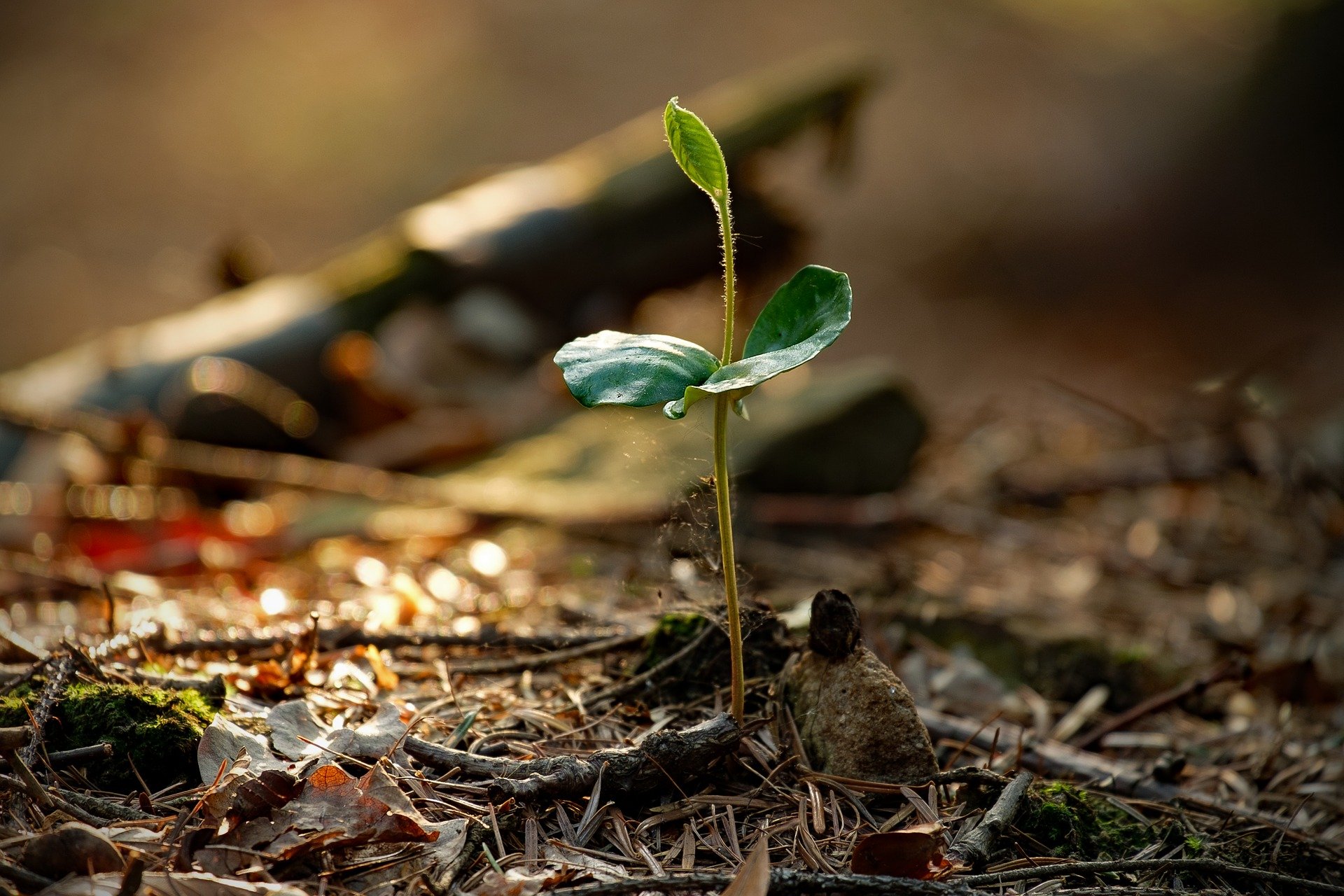
The Importance of Producers
Every food chain begins with a producer, also called an autotroph. Producers don’t consume food and convert it into energy. Instead, they make their own energy through a process called photosynthesis.
There are some organisms that use other methods to produce energy, such as chemotrophs, who can be found in hydrothermal vents on the ocean floor, in caves, and in the soil. None of those places receive sunlight, so the creatures that live there have adapted to use chemicals found in their environments to create the energy they need to survive.
Chemosynthesis is similar to photosynthesis in that both processes result in a byproduct that supplies the organism with energy. During chemosynthesis, chemical compounds such as ammonia or hydrogen sulfide are oxidized to produce energy. Photosynthesis requires sunlight, carbon dioxide, and water to make glucose, which the plant needs to survive.
Without producers, life as we know it would cease to exist. Even in the darkest places on our planet, autotrophs provide food for the next level in the chain: the consumers.
Are You a Consumer?
If you eat food of any kind, you are a consumer. When you eat a salad, you are a consumer. When you eat pizza, you are a consumer. When you eat a hot dog…well, you get the point…humans are consumers.
Many other creatures on our planet are consumers as well. We share this title with animals as small as ants and as large as whales. Consumers appear in different stages of a food chain. Primary consumers are creatures that eat producers. Another name for a primary consumer is a herbivore.
Examples of common herbivores in the United States include various insects, fish, rabbits, cows, horses, deer, ducks, and turtles. Humans can also be herbivores (primary consumers). Some people prefer to eat only fruits, vegetables, and other non-animal foods. Here’s what a simple food chain looks like with a producer and primary consumer:
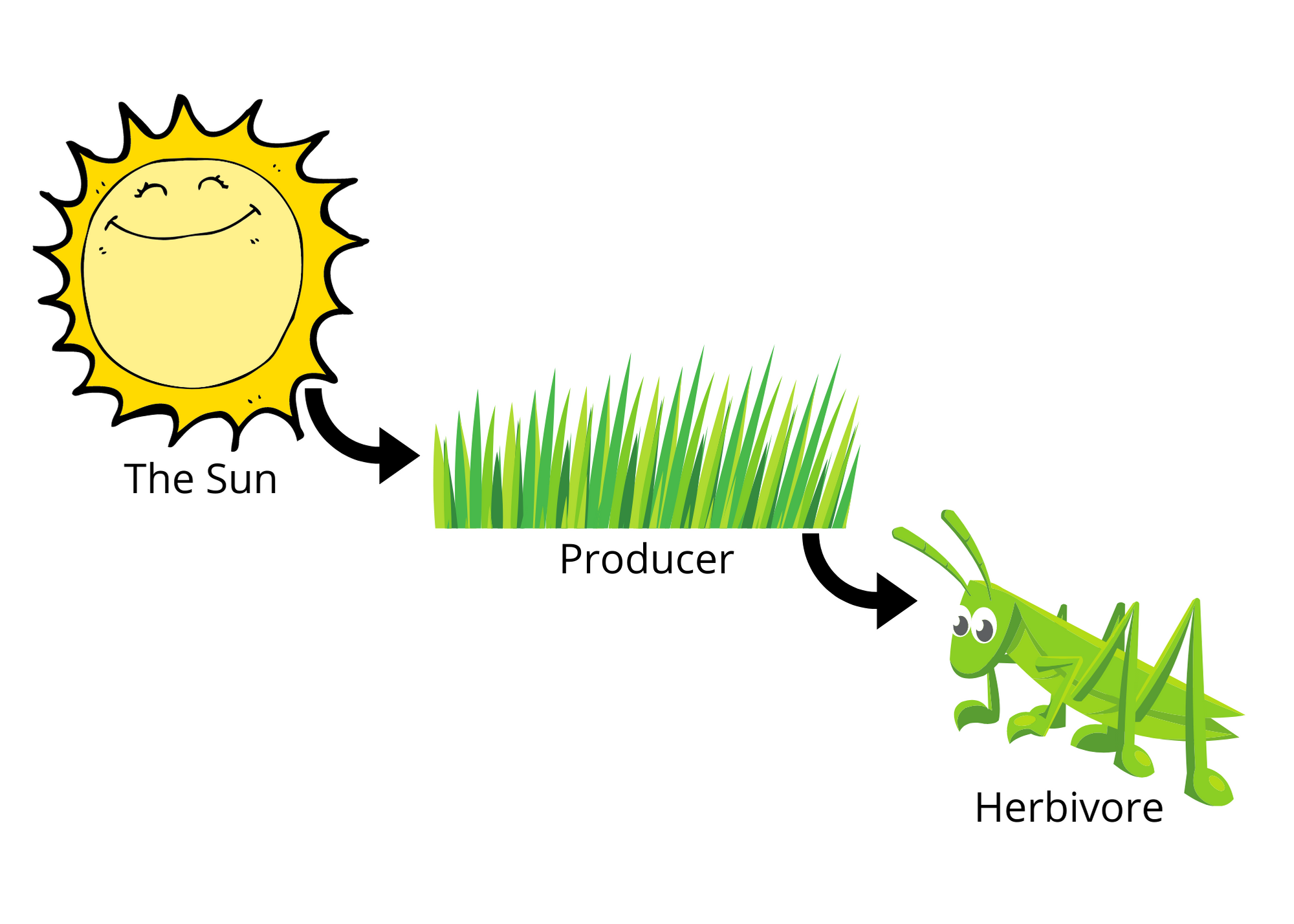
An animal that eats a herbivore is called a secondary consumer. Examples of secondary consumers in the U.S. include insects, birds, fish, snakes, lizards, foxes, bobcats, bears, and of course, humans. As you can see, secondary consumers can be large or small. Continuing with our example above, the secondary consumer is pretty small:
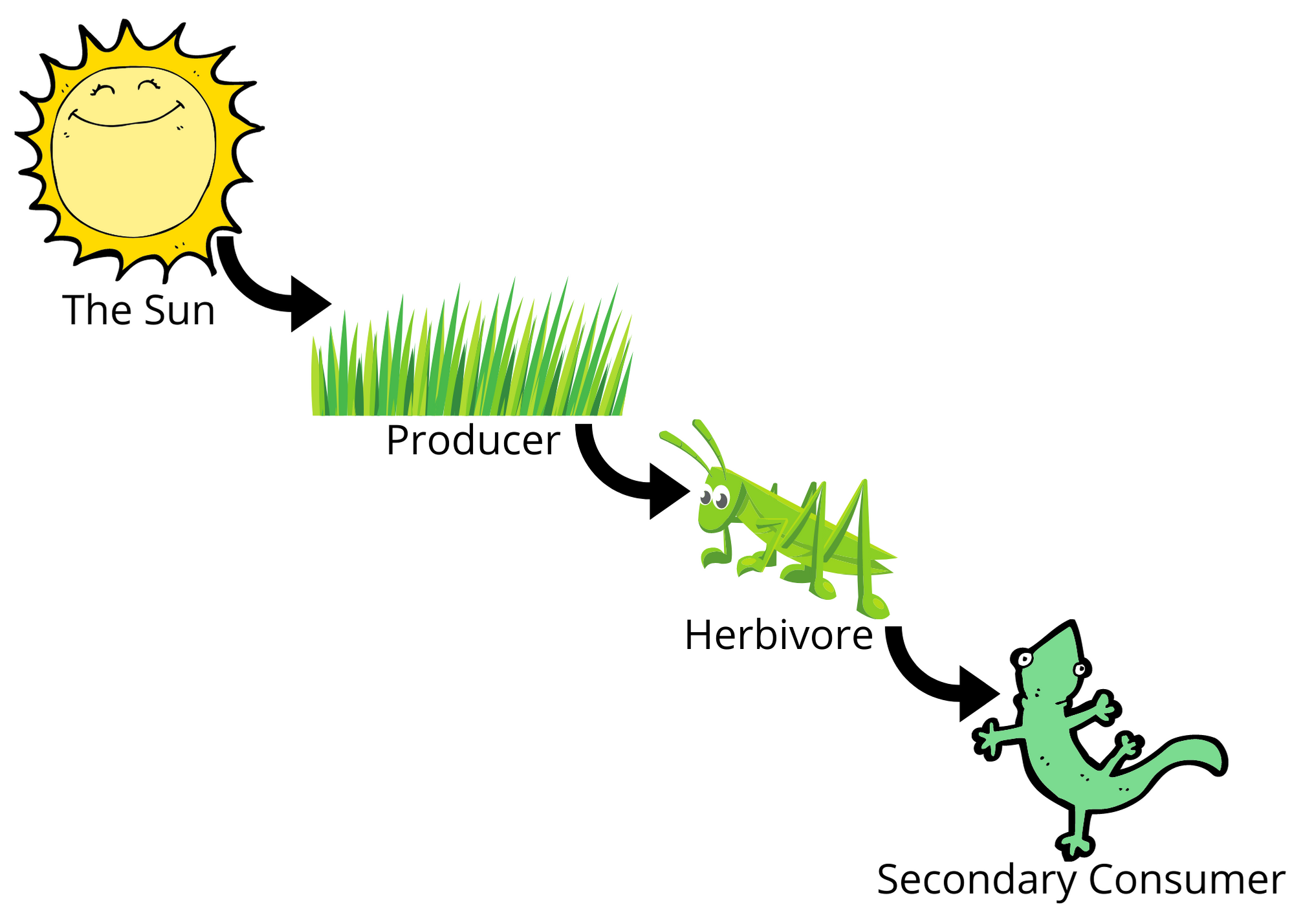
But as you know, there are thousands of different food chains, and therefore thousands of different combinations. This example looks very different from the one above:

The bear is the secondary consumer, and it is much bigger than the lizard. Food chains vary depending on the animals involved and the ecosystem in which they live.
Apex Predators
Tertiary consumers feed on secondary consumers, which are either carnivores (meat-eaters) or omnivores (meat and plant eaters) by definition. Here’s our example again:

For this food chain, the tertiary consumer is also an apex predator, an animal that sits at the top of the food chain (and eats other consumers). Examples of apex predators in the United States include hawks, owls, bobcats, wolves, bears, and humans.
Apex predators can be keystone species, depending on a number of different factors. A keystone species helps maintain equilibrium within an ecosystem. If the keystone species were to disappear, it’s unlikely another animal would be able to effectively take its place. In many cases, invasives will fill in, resulting in a very different environment.
Without the original keystone predator to control population levels of certain prey species (animals it feeds on), major changes occur in the ecosystem. The removal of the wolves in the Yellowstone ecosystem is a prime example.
The last wolf was eradicated from the Yellowstone area in 1924. Without its keystone species, Yellowstone changed dramatically. The elk population exploded because there was nothing large enough to prey on them anymore. The more elk there were in any given area, the more overgrazing occurred. Other species, such as fish and birds, that relied on plants were also negatively affected.
The geography of Yellowstone morphed as the elk continued to overgraze. Stream banks eroded without plants to anchor them in place. Lake and river temperatures rose without adequate shade from trees and shrubs along their banks. As time passed, ecologists became increasingly concerned.
In the 1990’s, ecologists, wolf supporters, and concerned citizens managed to convince lawmakers to allow wolves to return to the area. Today, elk populations are in check once more, and the plants and animals that were affected by the removal of the wolves have recovered. The Yellowstone wolf reintroduction is one of the most successful of its kind in the history of the United States.
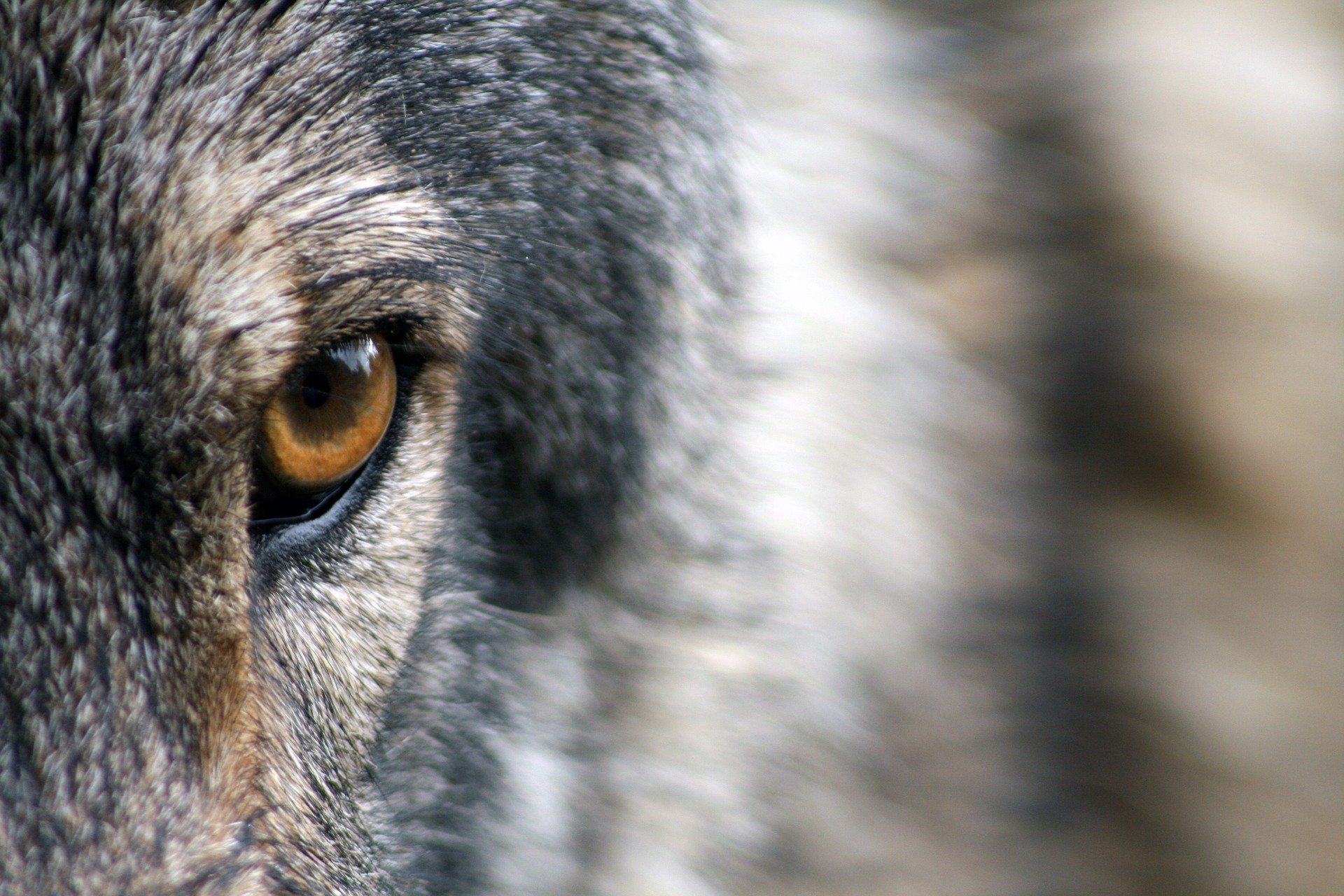
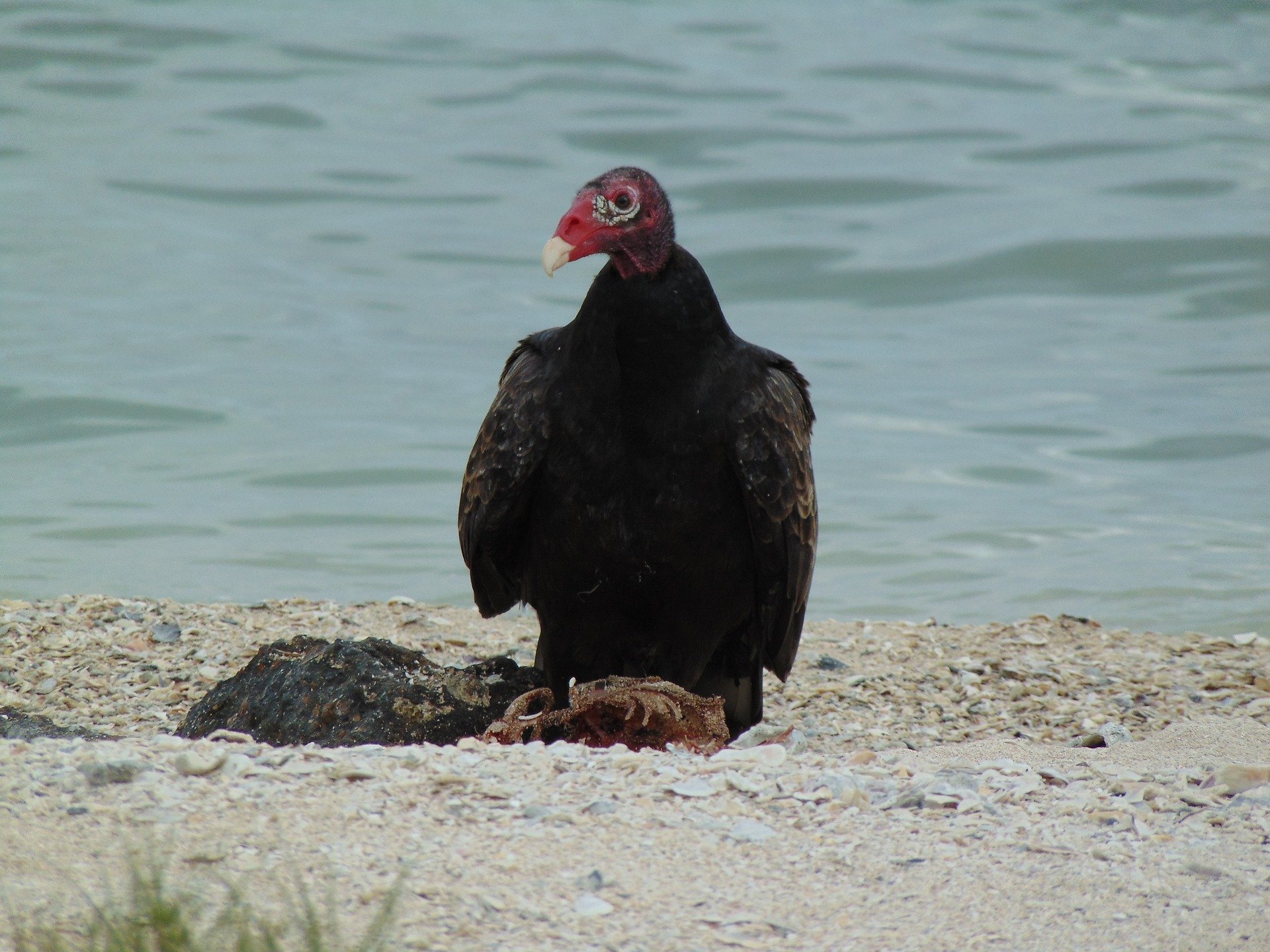
Detritivores and Decomposers
Detritivores and decomposers are not the same thing. Detritivores are organisms that eat non-living plant or animal matter. Scavengers are good examples of detritivores, as they tend to feed on dead animals. Vultures are detritivores.
Decomposers are the final link in the food chain. They take decaying organic matter and convert it into inorganic matter. An example is the earthworm, who feeds on whatever it finds in the soil, including decaying plant and animal materials. The worm’s digestive system converts the organic matter into inorganic matter, and excretes the resulting nutrient-rich byproduct into the soil. That soil then serves as a nutrient base for future autotrophs, thus starting the cycle over again.
Variety Is the Spice of Life
If you’re like me, you don’t want to eat the same thing day in and day out. You want a little diversity in your diet. Well, the animals of the world eat a variety of different foods too. However, some of the foods the animals below eat don’t sound very appetizing to me. How about you?
Food Chain Quiz
So, now that you know the science behind a food chain, it’s time to take a fun quiz. This online game is a great way to test your skills at identifying the different trophic levels in a food chain. Once you’ve completed the quiz, you’ll be ready to build your own food chain and join others to create a food web.
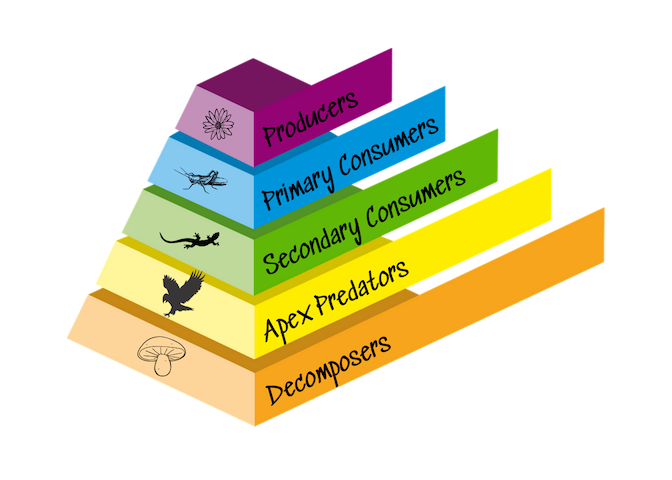
Combining a Food Chain and Food Web
A food web is simply a series of food chains within the same ecosystem that are connected together. Building a 3D model of a food web is easy and fun. Below is the activity I frequently used when discussing this concept with school children:
Interactive Food Web Activity
Before you begin the activity, you’ll need to decide how much creative freedom you want to allow. There are a few different ways to come up with the plants and animals in your ecosystem. I suggest starting with a forest habitat, but you could go with an ocean habitat as well. These two options have a lot of plants and animals to choose from, which will help you create an extensive web.
Option 1: Create your own plant and animal cards to be handed out to each child participating in the activity. This allows you the most control and eliminates gray areas.
Option 2: Divide the students into producers, herbivores, and consumers. Ask the producers to come up with a plant that can be found within the habitat you choose. You may want to ask them to do this before the activity to save time and give them the chance to do some research. For the herbivores and consumers, have them think about animals that would live within the assigned habitat in preparation for the activity. Beware, this option doesn’t give you much control of how the web will look, but it does test the students’ knowledge of food chains and how energy moves through trophic levels.
Once you’ve completed your web, you can also ask each student to draw their plant or animal. Use the artwork to recreate a two-dimensional version of the food web on a bulletin board in the classroom.
Supplies Needed:
-4 different colors of yarn (cut in lengths of roughly 12-15 feet)
-Optional: plant and animal cards

Creating the Web:
Every food web begins with the sun. Assign one student to be the center of attention…aka: the sun. The sun takes hold of one piece of yarn from a producer (I recommend using green yarn for the producers). The producer identifies their plant and holds onto the other end of the yarn. This continues until you have several “spokes” radiating out from the center of your web.
Next, add the primary consumers (herbivores). If the students have to choose their own animals (rather than having cards you gave them in advance), they will need to think of something that feeds on one of the producers before them. Once they’ve identified their herbivore, they hand one end of their yarn to the plant they eat and keep the other end for themselves.
Some herbivores may feed on more than one plant. This means they will need more than one piece of yarn. Take this into consideration when you’re cutting yarn. You’ll want to make sure your consumers can have more than one piece if needed (the producers will only need one).

After you have all of the herbivores added to the web, it’s time to find a few secondary consumers (carnivores or omnivores). Use the same process as you did with the herbivores, bringing in one student at a time and making all connections between that student and the available herbivores and producers.
Depending on how large your class is, you can add a few apex predators to the web at the end. Once you have everyone entangled in your food web, make a few changes to the ecosystem and see what happens.
Removing an animal here or there can have drastic effects in some ecosystems. When you remove a producer or consumer, that student drops all of their yarn and exits the web. Any student who held a piece of yarn that was dropped must also drop their end and so on.

Here are some examples:
Remove an apex predator (due to eradication) and work your way backwards through the web to see who or what is affected.
Remove a herbivore (due to over-hunting) that is prey for more than one consumer and see what happens.
Remove a couple of producers (due to herbicides or clear-cutting) and watch the consumers drop like crazy. This usually results in at least half the web falling apart.
From the Store to Your Table
Understanding the circle of life is much easier with this lesson than taking a nightmare-inducing field trip to a local butcher’s shop. Kids may not totally get where the food on the dinner table comes from and how it all connects to their world. They will, however, learn a lot more about who eats whom in nature and how the cycle continues to spin…one bite at a time.
I hope you enjoy this activity. If you use it in your classroom or at home, please send me an email ([email protected]) with pictures!
Related Articles
If you enjoyed this article, you may wish to read these as well!

Nature Scavenger Hunts
Nature scavenger hunts are one of the easiest ways to encourage your kids to play outside. As you probably know, scavenger hunts work just about anywhere. I’ve seen indoor hunts, grocery shopping hunts and even superhero hunts, but my favorite is the backyard scavenger hunt...
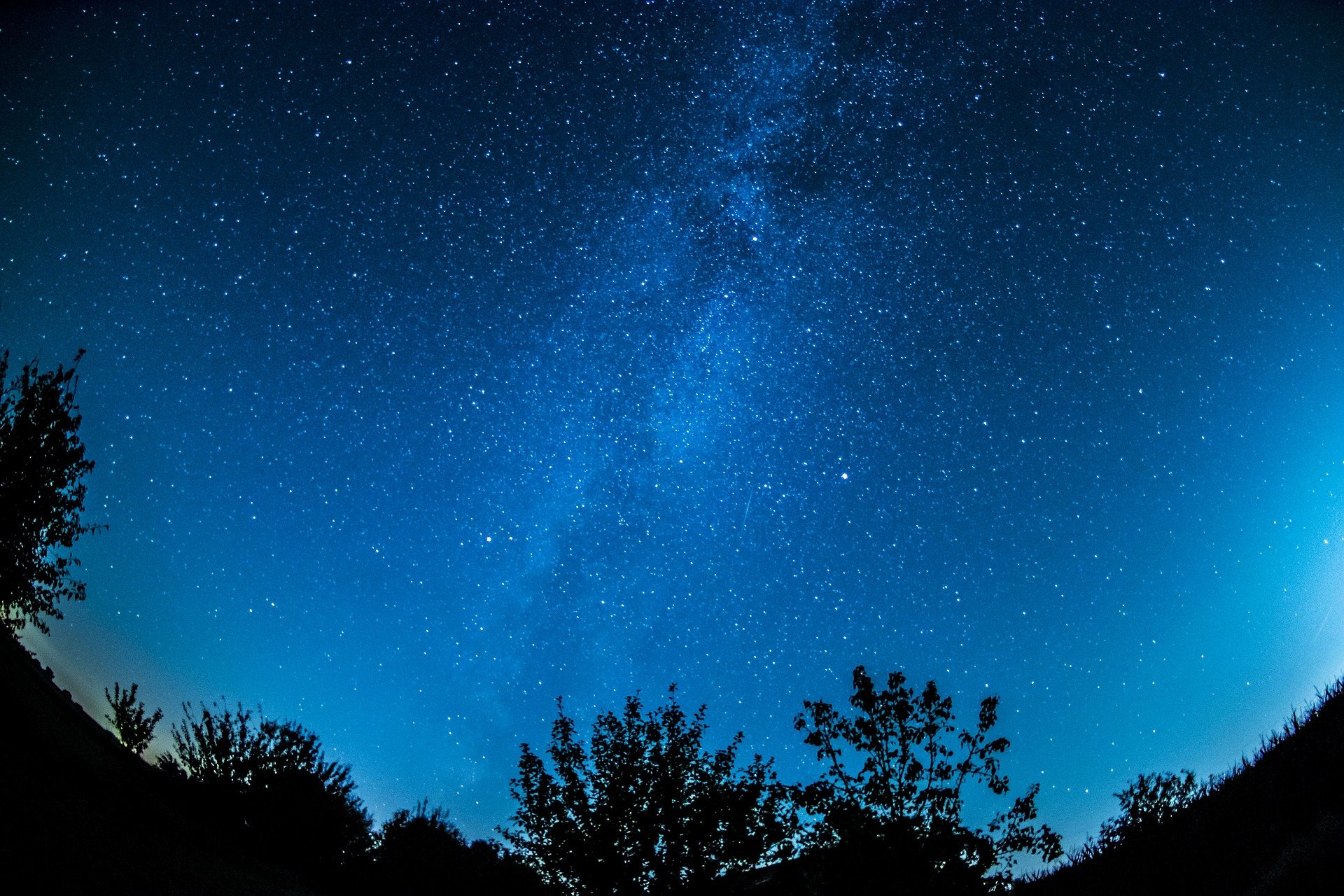
Design a Stars Classroom
The study of stars is a tough subject to teach during the day. My kids are very visually-oriented, and they prefer to see the real thing whenever they can. That’s hard to do when you have students from 8:00 a.m. to 3:00 p.m. Last time I checked, the stars aren’t visible that early in the day. So, what’s a teacher to do? Create a stars classroom…that’s what!
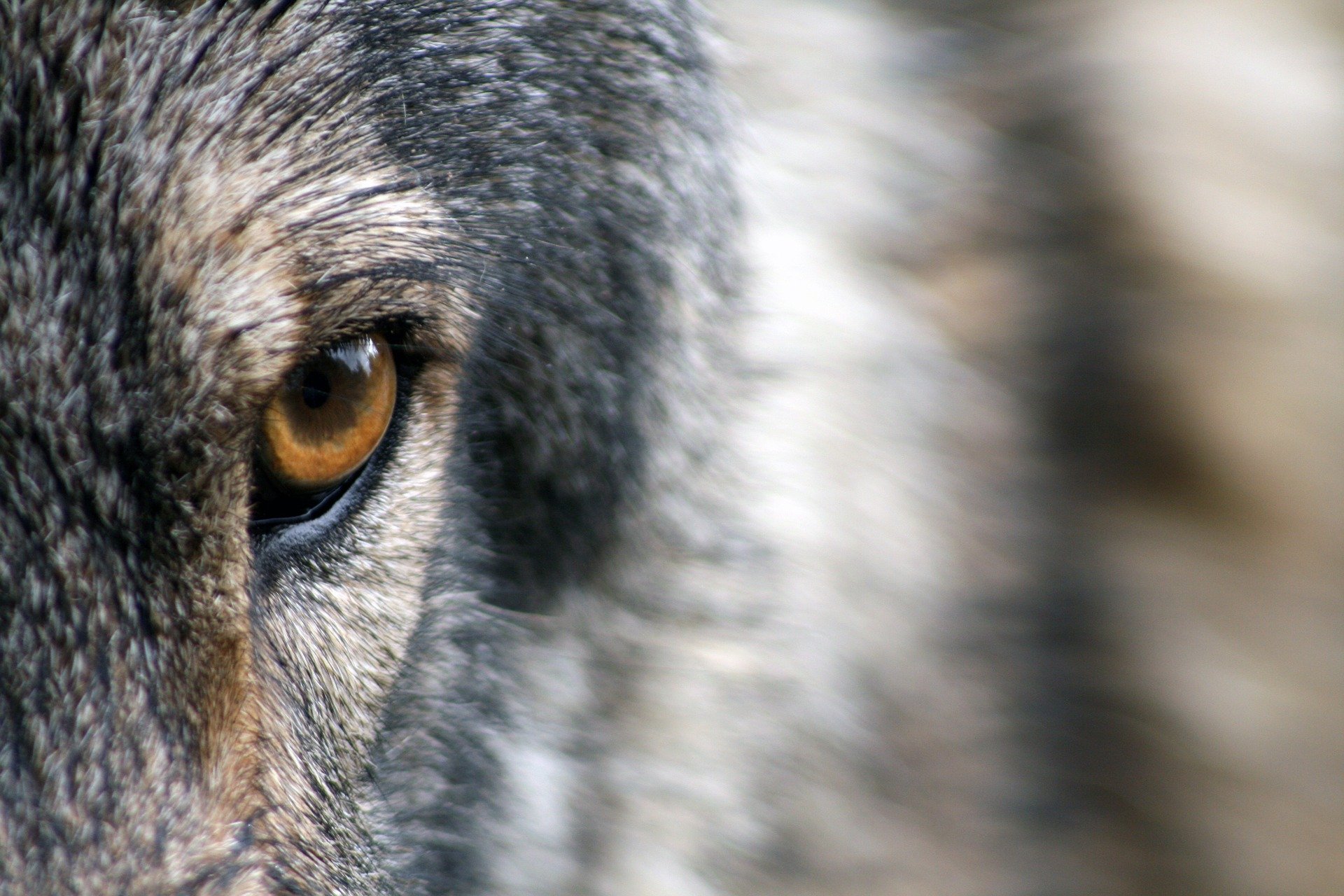
Cool Carnivores in the U.S.
We all know animals are cool in general, but carnivores take the cake when it comes to adaptations like speed, stealth and, well…teeth. If you’re a little fuzzy on what a carnivore is, it’s quite simple. Carnivores are meat eaters. Many carnivores found in the United States are mammals, but there are also birds, fish, insects, reptiles and amphibians that eat flesh...


